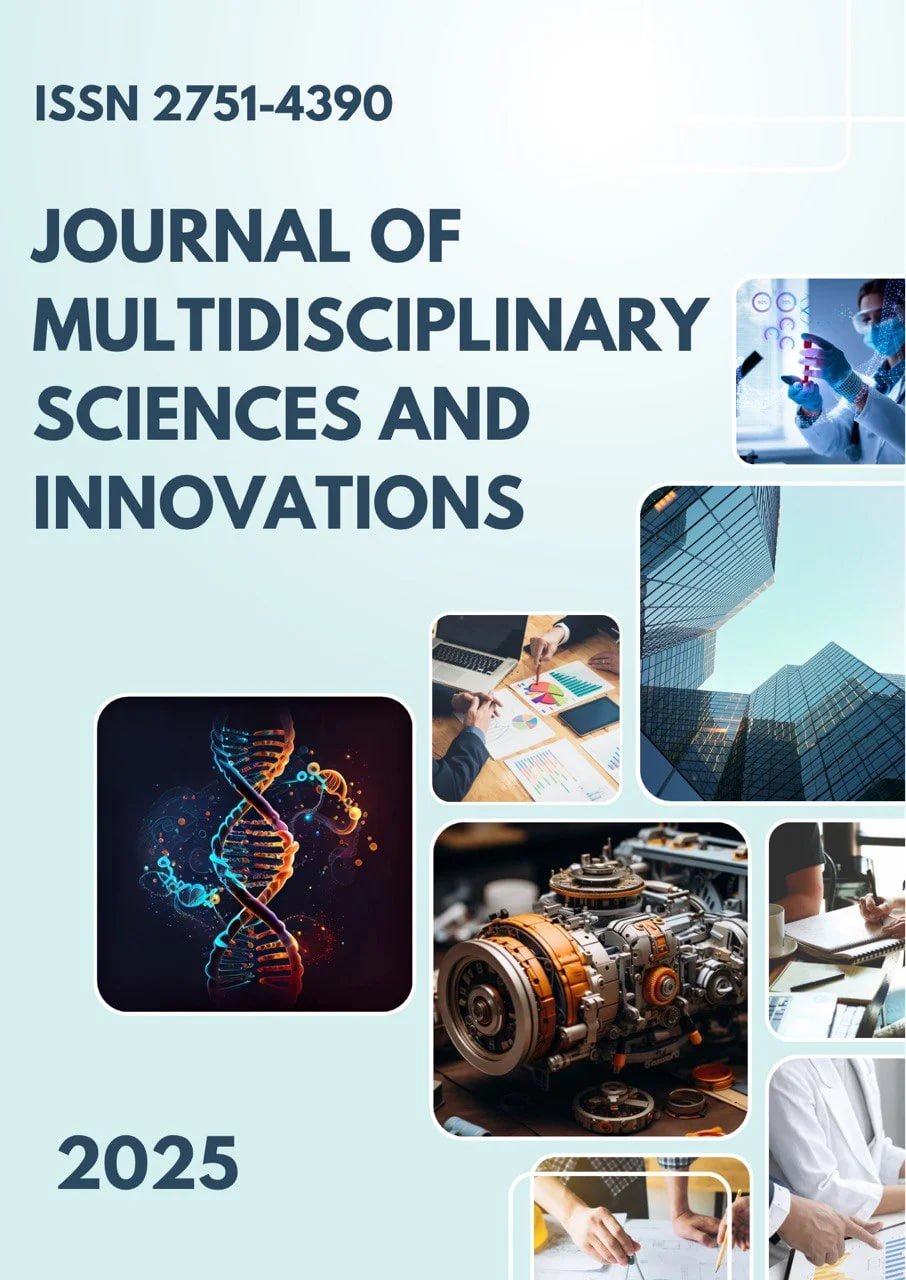THE CORRELATION BETWEEN ELASTOGRAPHIC PARAMETERS
Main Article Content
Abstract
Ultrasound elastography has become one of the most informative and noninvasive techniques for assessing the structural and functional state of the liver. The morphological concept of this method is based on the evaluation of tissue stiffness, which reflects the degree of fibrosis and other pathological alterations of the hepatic parenchyma. Unlike conventional ultrasound, which primarily provides anatomical imaging, elastography offers a functional and morphological interpretation by quantifying the elastic properties of liver tissue. The correlation between elastographic parameters and histological stages of fibrosis has been well established, allowing for accurate differentiation between normal, inflammatory, and fibrotic changes. The method is particularly valuable in the early detection of subclinical fibrosis, long before the onset of clinical symptoms or biochemical abnormalities. By mapping stiffness distribution across the hepatic tissue, elastography also enables the visualization of heterogeneous fibrosis patterns, which are often observed in viral hepatitis, alcoholic and nonalcoholic steatohepatitis, and cirrhosis.Morphologically, elastographic findings correspond to alterations in extracellular matrix composition, collagen deposition, and architectural remodeling of the hepatic lobules. These structural transformations determine the biomechanical properties of the liver and, therefore, the measured shear-wave velocity or strain ratio. Thus, ultrasound elastography represents a bridge between morphological assessment and functional evaluation, offering a precise, reproducible, and safe method for monitoring liver pathology progression and response to therapy.
Downloads
Article Details
Section

This work is licensed under a Creative Commons Attribution 4.0 International License.
Authors retain the copyright of their manuscripts, and all Open Access articles are disseminated under the terms of the Creative Commons Attribution License 4.0 (CC-BY), which licenses unrestricted use, distribution, and reproduction in any medium, provided that the original work is appropriately cited. The use of general descriptive names, trade names, trademarks, and so forth in this publication, even if not specifically identified, does not imply that these names are not protected by the relevant laws and regulations.
How to Cite
References
1.Asrani, S. K., Devarbhavi, H., Eaton, J., & Kamath, P. S. (2019). Burden of liver diseases in the world. Journal of Hepatology, 70(1), 151–171. https://doi.org/10.1016/j.jhep.2018.09.014
2.Tapper, E. B., & Parikh, N. D. (2018). Mortality due to cirrhosis and liver cancer in the United States, 1999–2016: Observational study. BMJ, 362, k2817. https://doi.org/10.1136/bmj.k2817
3.Kim, M. Y., Baik, S. K., & Lee, S. S. (2010). Hemodynamic alterations in cirrhosis and portal hypertension. Korean Journal of Hepatology, 16(4), 347–352. https://doi.org/10.3350/kjhep.2010.16.4.347
4.Møller, S., & Bernardi, M. (2013). Interactions of the heart and the liver. European Heart Journal, 34(36), 2804–2811. https://doi.org/10.1093/eurheartj/eht246
5.Rehm, J., Shield, K. D., Roerecke, M., & Gmel, G. (2019). Modelling the impact of alcohol consumption on cardiovascular disease mortality for comparative risk assessments. BMC Public Health, 19, 173. https://doi.org/10.1186/s12889-019-6502-1
6.Ivashkin, V. T., Drapkina, O. M., & Maev, I. V. (2019). Alcoholic liver disease: Epidemiology, diagnosis, and treatment. Terapevticheskii Arkhiv, 91(4), 4–11. https://doi.org/10.26442/00403660.2019.04.000204
7.National Institute on Alcohol Abuse and Alcoholism (NIAAA). (2020). Alcohol facts and statistics. U.S. Department of Health and Human Services. Retrieved from https://www.niaaa.nih.gov
8.Barr, R. G., Wilson, S. R., & Rubens, D. (2015). Elastography assessment of liver fibrosis: Society of Radiologists in Ultrasound consensus conference statement. Radiology, 276(3), 845–861. https://doi.org/10.1148/radiol.2015150619

